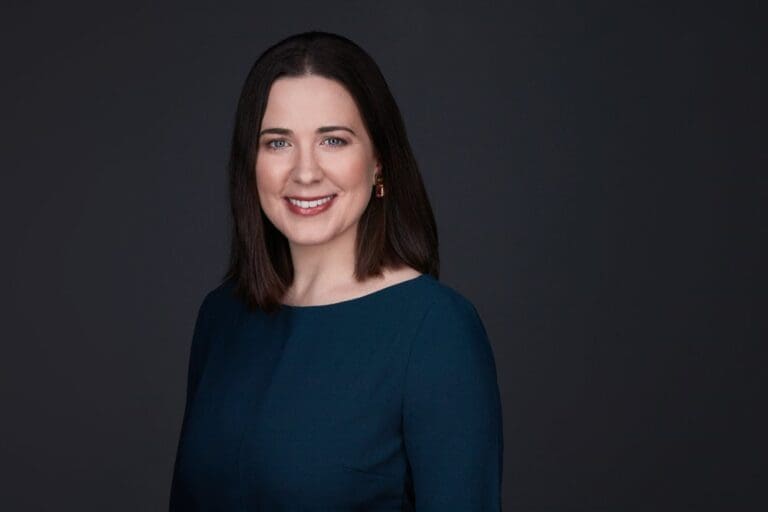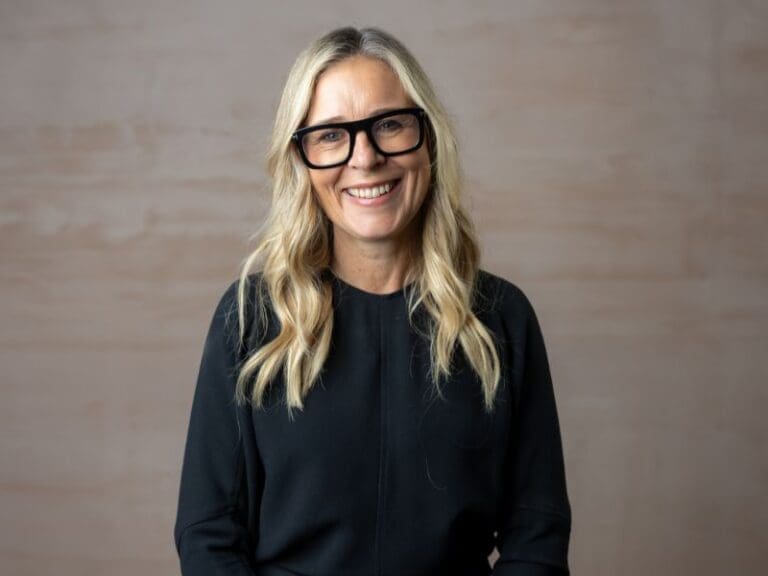I started my career as a Financial Analyst for Intel Corporation, before spending 12 years at Microsoft. In 2020, I joined Crayon, a global technology services company, as Chief Services and Solutions Officer.
My two primary career passions are to help the world become a better place and to encourage business leaders to embrace all aspects of diversity, whether it’s gender, race, ethnicities, or neurological diversities. When we recognise and embrace these diversities, that’s when innovation can come at its best.
These passions have taken me from spearheading Intel’s first sustainability-driven cost-reducing program to initiating global cloud technology training programs at Microsoft, and onto my current role at Crayon. At Crayon, one of my focus areas has been getting our Diversity, Equality, and Inclusion policies and programs in place.
I’m the author of 12 books on how to successfully transform businesses with cloud technology, and I also serve on the board for SHE, which is Europe’s largest gender diversity conference. I have a master’s degree in business administration and strategic management, and an undergraduate in Finance. I’m an American who lives in beautiful Oslo, Norway with my husband and our two children.
HOW DID YOU LAND YOUR CURRENT ROLE? WAS IT PLANNED?
Crayon was a customer when I was with Microsoft, and I knew its co-founders Jens Rugseth and Rune Syversen. Over time, we shared many honest conversations about their vision for the company and its global growth strategy. When they approached me to join the company to lead our services and sales organisation, I was really excited to be part of Crayon’s journey.
WHAT ARE YOU MOST PROUD OF IN YOUR CAREER, SO FAR?
At all the companies I have worked for, there have been opportunities to be a part of some amazing initiatives. At Intel, I proposed reusing old computer chips for new solar technologies, resulting in solar being installed across Intel facilities in the USA. The savings from this initiative meant the company did not need to cut costs in other areas, like reducing the size of the workforce. Reusing old technologies was a great win for sustainability and helped Intel rank as one of the top ten greenest companies in the United States.
At Microsoft, I lead a project that resulted in over 3 million people gaining new skills in cloud technologies, which was an incredible experience – it even made it into the Guinness Book of World Records! But without a doubt, one of my proudest moments was seeing how everyone in Crayon came together during the start of the war in Ukraine.
People from all over the company donated funds offered up their homes and flew literally from the other side of the world, to lead an evacuation effort. We were able to evacuate 12 women and children who were family members of Crayon employees. This also included relatives of employees in our daughter companies. It was humbling and incredibly moving to see so many people across the business move so very fast to look after one another.
WHAT DOES AN AVERAGE WORKDAY LOOK LIKE FOR YOU?
I start the night before. I review my to-do list for the following day and organise my time and thoughts so that I can get moving quickly. When I wake up, I check my phone for any important updates that might have happened overnight. I usually do a working lunch to maximise my time at work, so I then have as much time as possible in the evening at home with my family. My day typically finishes between 5 and 6 pm most days.
ARE THERE ANY SPECIFIC SKILLS OR TRAITS THAT YOU NOTICE COMPANIES LOOK FOR IN YOUR FIELD?
In technology companies, innovation is key, so leaders look for innovators first and foremost. Innovators have a certain mindset – they are open to new ideas, they work toward helping others achieve their full potential, and listening is paramount.
But I’m also noticing a move towards candidates being hired based on strong emotional intelligence (eQ). Being an inclusive, collaborative, and empathic person is crucial to individual success and team success, after all. That eQ is now acknowledged as a key factor in developing a healthy, innovative company culture, which is so essential, especially today.
High-performance, innovative companies invest in nurturing a strong culture. They provide a balance of structured processes and creative freedoms needed to identify and develop great ideas, no matter where or who they come from in the business.
Intel had this kind of leadership philosophy, which meant a young and relatively inexperienced team member was encouraged to take her kind of ‘out there’ idea about old computer chips forward. I have sought to pay that forward ever since, especially when it comes to advocating for more women in management and leadership roles across our industry.
HAS ANYONE EVER TRIED TO STOP YOU FROM LEARNING AND DEVELOPING IN YOUR PROFESSIONAL LIFE, OR HAVE YOU FOUND THE TECH SECTOR SUPPORTIVE?
Everyone will experience being opposed, pushed down, or boxed in during their careers, and I am no exception. What I have strived to do is find like-minded people in whichever business I was with and work with them to build momentum for shared ideas. Once a good idea has group momentum, it can become a force. What I learned along the way is to always be open to your idea not being the best, seek out the perspective of others, and support the potential of others as passionately as you would support yourself.
WHAT ADVICE WOULD YOU GIVE OTHER WOMEN WANTING TO REACH THEIR CAREER GOALS IN TECHNOLOGY?
The friendships and networks you create in the first five years of your career can often be the relationships that see you through the highs and lows of professional life for decades. Finding your tribe can be a source of great support and inspiration when the going gets tough. My advice would be to make a point of attending meetups for women in technology. Take part in industry events that celebrate women in technology and cheer others on. Sign up for growth initiatives and add your voice to the growing number of women advocating to close the pay gap and increase gender diversity in our industry.
Be curious and be a constant learner. It is as important to stay on top of the broader issues, trends, and developments in your field to develop your expertise. Collaboration is key to innovation so it’s important not to work in silos. The more we come together, the better the results. So take the time to introduce yourself to people in other roles beyond your own team.
Be open, generous, and passionate with your thoughts, ideas, and experiences and you’ll quickly connect with others who are like-minded. You never know where your first or next opportunity may come from, so make those connections and invest in the people around you. You also never know when you may be a wonderful catalyst for someone else, so be willing to open doors for others when and if you can.








